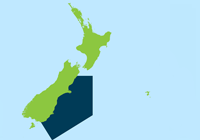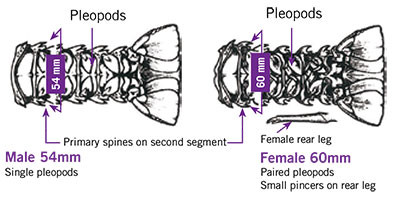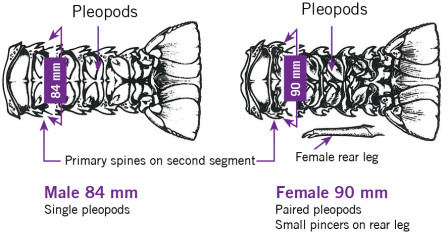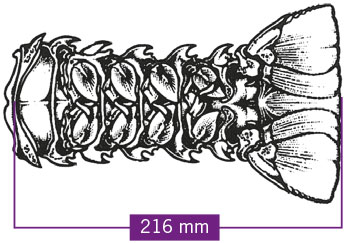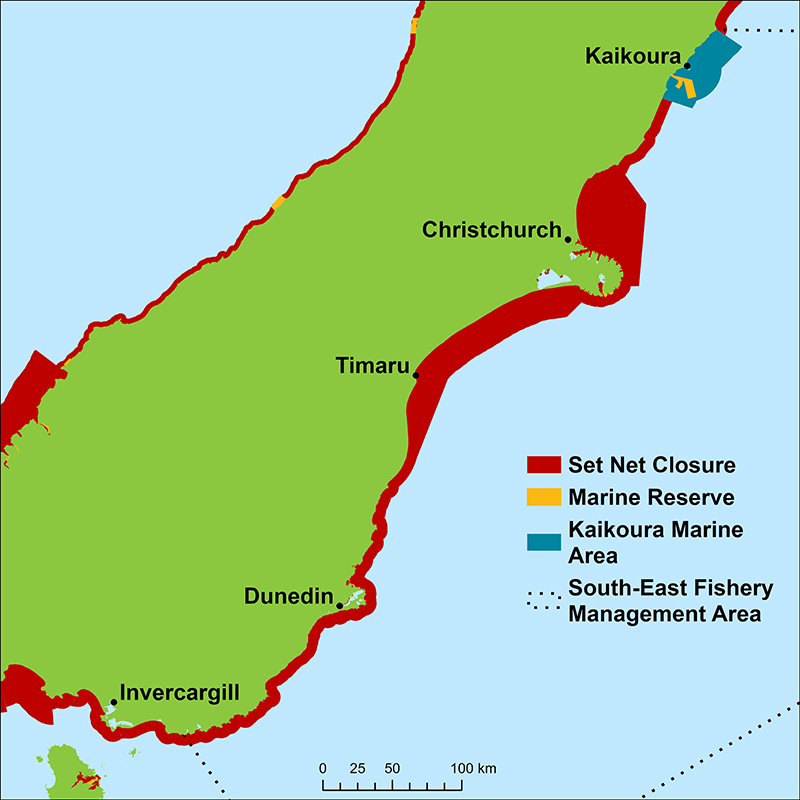UPDATE – 5 May 2022
Changes to finfish bag limits
On 5 May 2022, daily bag limit rules for recreationally caught finfish changed.
- All finfish, including those with individual species limits, are now part of the combined daily bag limit (except specified baitfish species and freshwater eels).
- Specified baitfish species are part of a new daily limit of 50 combined per person, per day (additional to the combined daily bag limit for finfish).
- New infringement offences and penalties have been set for southern bluefin tuna in line with what exists for other finfish species.



